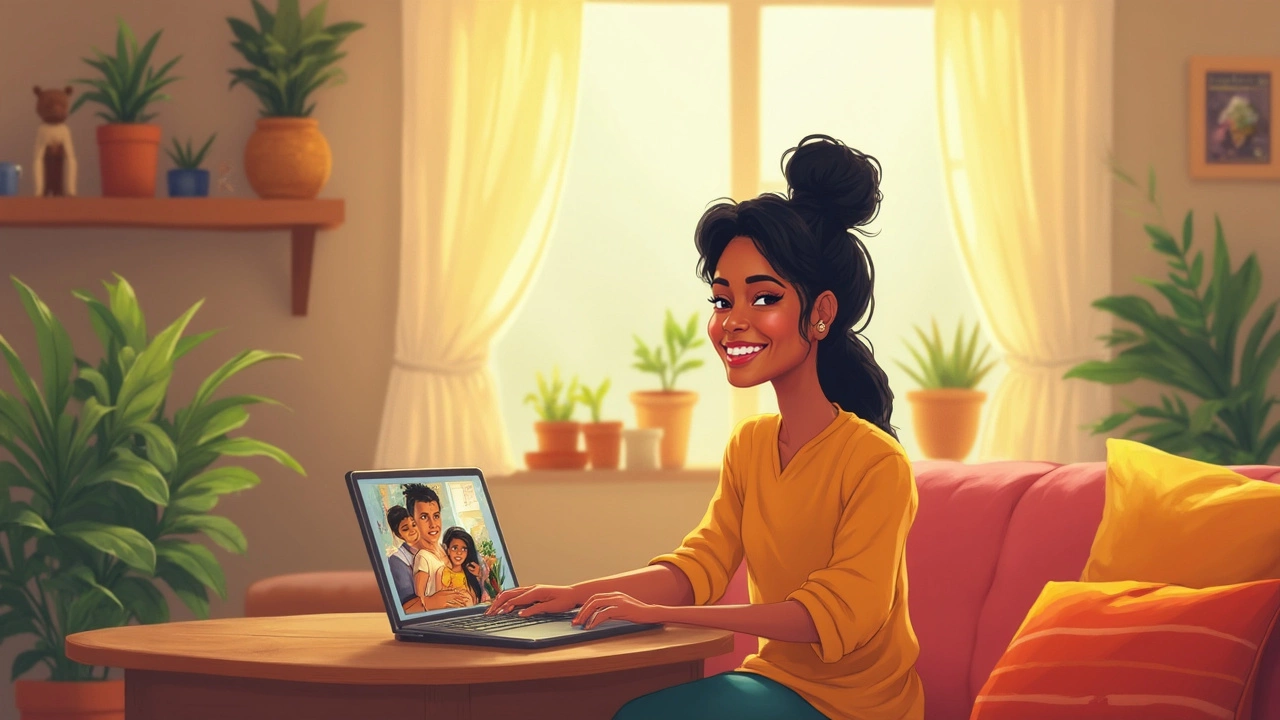Easy Photo Editor: Simple, Free Tools for Fast Photo Fixes
If you need to touch up a selfie, add text to a birthday picture, or make a snap look sharper, you don’t have to buy pricey software. A good easy photo editor works on any device, loads fast, and lets you do the basics without a steep learning curve. Below we walk through the top free options, what each one does best, and quick tips to get great results in minutes.
Top Free Editors You Can Start Using Right Now
1. Pixlr X – Works in a web browser, so no download needed. It offers one‑click auto‑enhance, crop, rotate, and basic retouch tools. The interface is laid out like a smartphone app, making it feel familiar if you edit on your phone.
2. Photopea – If you’ve used Photoshop before, Photopea feels similar but is completely free. It supports PSD, XCF, and RAW files, so you can open professional‑grade images without paying. The learning curve is a bit higher, but you get powerful layers and masks.
3. GIMP (GNU Image Manipulation Program) – A downloadable desktop program that rivals Photoshop in features. It’s perfect for more detailed work like removing backgrounds or creating custom brushes. The community offers many tutorials, so you can learn as you go.
4. Snapseed (mobile) – Available on Android and iOS, Snapseed offers a tidy set of tools that work offline. The “Healing” brush quickly erases blemishes, while the “Tune Image” slider adjusts brightness, contrast, and saturation in a single swipe.
5. Canva’s Free Photo Editor – Ideal for social‑media graphics. You can add text, stickers, and filters, then export a ready‑to‑post image. The drag‑and‑drop layout makes design feel like a game.
How to Use an Easy Photo Editor in Three Simple Steps
Step 1: Load Your Image – Most editors let you drag a file onto the window or click a “Upload” button. For mobile apps, you can pick a photo straight from your gallery or take a new shot on the spot.
Step 2: Apply Basic Fixes – Start with auto‑enhance if it’s available; it adjusts exposure and colors in a second. Then fine‑tune with crop (remove unwanted edges), rotate (straighten horizons), and a quick brightness/contrast tweak.
Step 3: Add Finishing Touches – Use a filter or adjust saturation for a pop of color. If you need text, choose a clear font and place it where it doesn’t block the main subject. Finally, hit “Save” or “Export” and choose a format – JPEG for web, PNG for transparency.
Even the simplest editors let you undo mistakes with a single click, so you can experiment without fear. If you run out of free features, most tools offer a low‑cost upgrade, but the basic version is usually enough for everyday edits.
Remember, the goal isn’t to become a graphic‑design pro but to make your photos look presentable in seconds. Keep a few favorite tools on hand, pick the one that matches your device, and you’ll spend less time fiddling and more time sharing your images.
Got a specific editing need? Drop a comment and we’ll suggest the best free editor for that job.
